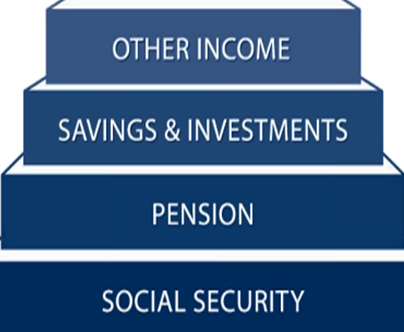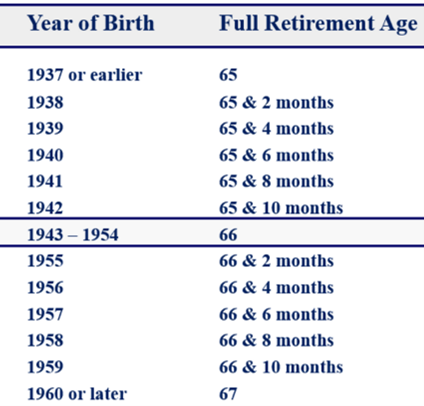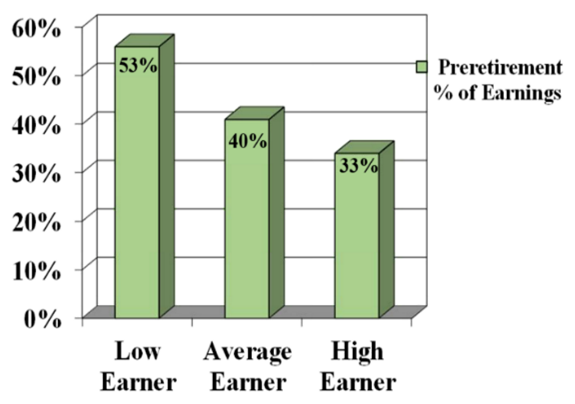We define our lives by the decisions we make every day. Whether it is an unexpected or unwanted election result or life transitions like death, divorce, or job loss, how we deal with these crises will define who we are (and who we become). It is tempting to wallow in self-pity, obsessing about worst case scenarios, engaging in bitterness and blame, or spending to forget, but these will only hurt and control your life. These behaviors will not provide lasting satisfying experiences or happiness within yourself. I encourage you to take the time, this year-end, to examine how you handle uncertain or stressful times and what actions you can take that will create positive experiences that will make you stronger, more resilient, and empowered.
Think about the good, the bad, and the ugly and decide what you want to keep or change in your financial life. Below are some thoughts on financial strategies to consider.
• Build up an emergency reserve. We typically recommend that two-income families (with kids) maintain a reserve equal to six months of living expenses and nine months for one-income families. Couples without kids can keep their reserves at 4 months of living expenses and single earners need at least 6 months. During stressful times you may want to increase these amounts if you become concerned about the future. Let us know and we can help you define and create your reserve.
• Pay down debt. These days unnecessary debt is very expensive, so consider paying down any unnecessary debts, such as credit cards, car loans or home equity lines of credit (anything with an interest higher than 4% should be paid – anything below should be aligned with your financial goals)
• Review your cash flow (or budget) each month to keep you financially connected.
• For those who spend during stressful times … I encourage you to engage in “Stress saving” as opposed to “Doom spending”. The savings will add to your safety net and make you feel more stable and secure whereas an increasing credit card balance adds stress and uncertainty. By focusing on strengthening your savings you’ll become more resilient in the face of uncertainty.
• Focus on gratitude and the things that make you smile. If you’re feeling unhappy with the world right now, focus on what you’re grateful for. The evidence is clear that being grateful and smiling each day can help improve sleep, lower stress and enhance relationships. Practicing gratitude can be a powerful antidote to the negativity we may feel around us, especially when the things worrying us are beyond our control. Find time to acknowledge each day the good things in your life.
If you’re feeling anxious and stressed, anchor yourself to what you can control and give yourself permission to release what lies beyond your sphere of influence. Remember, as Seneca The Younger wisely observed, “We suffer more in imagination than in reality.”
If we’re honest with ourselves, most of what we fear never comes to pass. Or if it does, it often brings unforeseen opportunities for growth or positive avenues for change. So, during this upcoming holiday season, if you’re feeling fearful or have a sense of doom and uncertainty, focus instead on strengthening your financial foundation, practicing gratitude, and managing what you can control. In time, you’ll feel more confident and better equipped to face whatever the new year brings our way.
Edi Alvarez, CFP®
BS, BEd, MS





